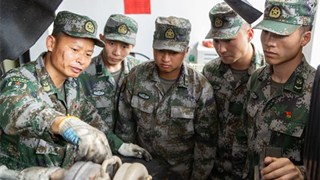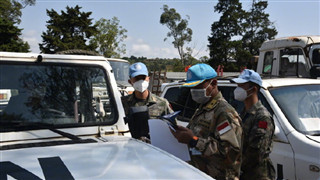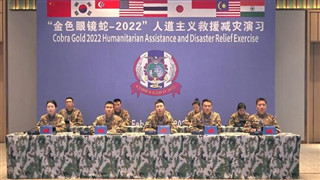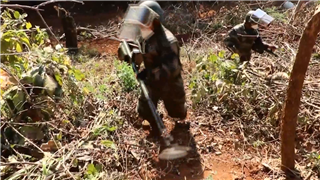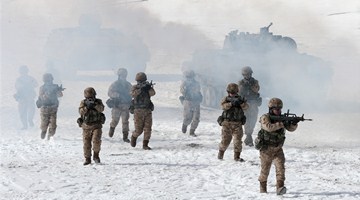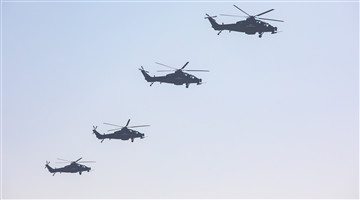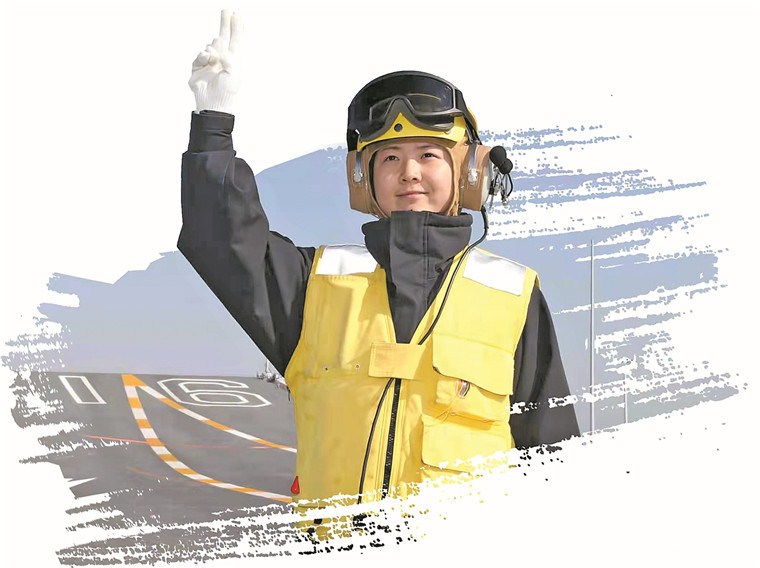
By Wang Jing
"Look! Your vest color changed again!" When Petty Officer Second Class Liu Mimi, a female crew member aboard the aircraft carrier Liaoning of the Chinese PLA Navy, stood on the deck wearing a yellow vest for the first time as a helicopter director, her peers showed surprised look on their faces.
Of the seven color-coded vests on the deck, Liu has undertaken four featuring different roles, green for the radar controller, white for the operator, blue for plane handler, and yellow for plane director. Liu has already experienced four flight support positions in less than two years after boarding the aircraft carrier Liaoning.
Since the beginning of this year, selected female crew members aboard the Liaoning have been dispatched to some other key positions on the flight deck. After training and cultivation, the first batch of skilled female sailors have taken the roles of plane chocking and chaining, carrier-based aircraft directing, tractor driving, and political instructing. It was also among them that the first female chopper launching team was set up. Today, more and more female crew members are stepping onto the flight deck from logistic support posts, constantly making breakthroughs in the front line.
Liu was responsible for tracking radar signatures when she first boarded the Liaoning ship. Later, she was transferred to the operator's position, running the ship-based flight training simulator of J-15 fighter jet. In her mind, what she wanted most at that time was to work on the flight deck someday to support the launching and landing of fighter jets in the frontline even though it was known as one of the most dangerous workplaces in the world.
At that time, all recruits in the aviation department of the aircraft carrier Liaoning had to learn plane chocking and chaining skills, which offered a great opportunity to work on the deck. However, the chains usually weigh between 20 kilograms to 40 kilograms, and to move on the deck with these chains is quite a challenge, technically and physically. Liu made up her mind to conquer those problems, so she started to diligently practice skills in the hangar since then.
Her hard work finally paid off. Liu passed this subject assessment and became one of the first female plane handlers on flight deck after two months. She was very proud to see the J-15 fighter jets firmly hooked by the deck brake.
Liu accumulated a lot of deck support experience after nearly one year on flight deck. Bold but cautious, she was selected as the helicopter director trainee.
This made her overjoyed and eager to take on the new challenge. Different from plane handler, the director has to have a panoramic view and take the lead in her team. After persistent practice of courses on plane launching, recovery, fueling, and traffic support, Liu finally achieved her goal.
To this day, she still has vivid memories of the first time she practiced directing a helicopter to land on the deck. Her body was swept back slightly by the strong wind from the rotor as the helicopter approached. She took a deep breath to keep clam and successfully completed the landing procedure. A voice came from the control tower through the command terminal she was carrying, "Good job." This made her very happy. She turned back, looked at the tower and saluted.
Only qualified director can have his or her name printed on the back of the vest. Liu Mimi is one of the very few female crew members on the flight deck who officially have the name printed.
As for now and the future, Petty Officer Second Class Liu Mimi's "deck dream" still persists. "I want to learn the more difficult transfer directing and controlling," she said.
May her dream come true soon!

